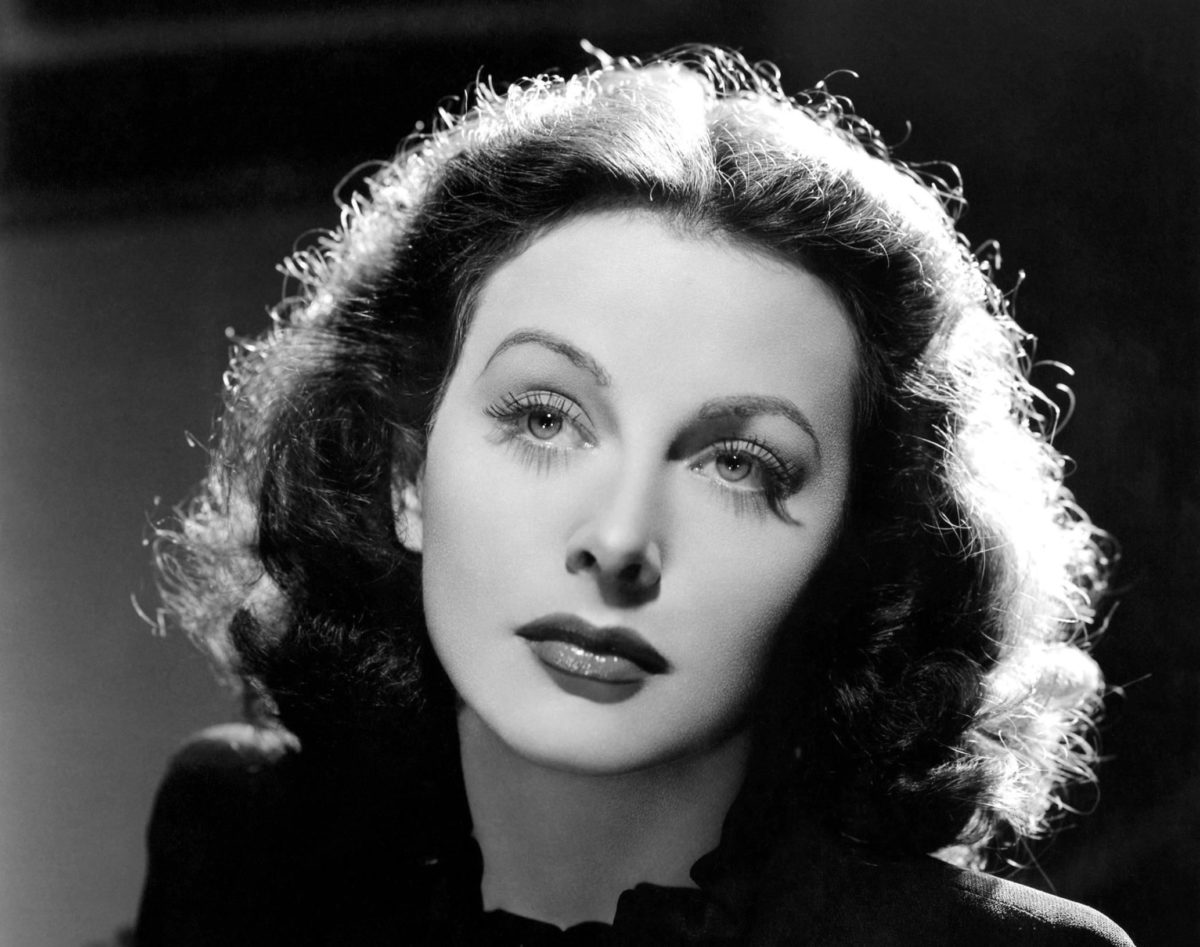
Lifestyle

Hedy Lamarr, the beautiful genius who invented wireless
A Hollywood star of the 1930s and 1940s who came from an Austrian Jewish background, Hedy Lamarr was most famous for her dazzling beauty, six marriages, exotic costumes, and some risqué roles. Now, it’s revealed that she offered far more as a woman of science a stratosphere ahead of her time, a genius who hoped to help the war effort and, in fact, invented the technology that was the precursor to Bluetooth, Wi-Fi, and GPS.
“Her goal in inventing things was always to make life for others easier. She wanted to be able to help people in their daily lives and, of course, her big goal was to fight the Nazis,” said Danielle Spera, the director of Vienna’s Jewish Museum about this complex icon. Spera was speaking at a webinar co-hosted by the South African Holocaust & Genocide Foundation in collaboration with the Austrian embassy this week.
Lamarr was born Hedwig Eva Maria Kiesler in 1914 to an assimilated Jewish family. Her father was a banker and her mother a concert pianist. The family lived in a wealthy district of Vienna, where Lamarr enjoyed a carefree childhood. Even more remarkable when reflecting on her later scientific pursuits is that Lamarr had little formal education, leaving school at 16 to pursue a career in film.
She gained fame quickly, especially after a role that contained a nude scene, which she was allegedly duped into performing on camera. Shortly afterwards, she married an older film director who was intensely jealous and controlling. She eventually fled this “golden cage”, according to Spera, travelling first to Paris, then London, and then Hollywood.
Here, her name was changed, and her look refined. “Her beauty was staged to perfection. She became an overwhelming success and an international star.” Wittily self-aware of the superficiality of this fame, Lamarr once quipped, “Any girl can be glamorous. All you have to do is stand still and look stupid.” Her life became tabloid fodder as she navigated myriad relationships, also adopting one child and having two of her own.
Though her father died in 1935 before World War II broke out, Lamarr was able to save her mother’s life by getting her out of Austria and into America. “They started a close relationship again,” said Spera, noting that there are a number of letters showing great affection between them.
Throughout her life, Lamarr was involved in invention. “She started when she was still a child, deconstructing and constructing her toys from afresh, taking apart a music box ‘like a puzzle’.
“She was a genius,” said Spera, who throughout her life was always finding practical solutions through invention. When during the war Lamarr heard about the problems of radio-controlled torpedoes being thwarted by signal jamming, she began to conceptualise a solution.
Along with a collaborator, George Antheil, who was also a pianist and composer, Lamarr developed a system of transmitting radio signals whereby they hop between frequencies, therefore making interception more difficult. This frequency hopping technology was patented, and Lamarr and Antheil gave their invention to the United States Navy “as a contribution to the American war effort, but the system was too complex for immediate practical implementation”. However, the technology was later used during the Cuban Missile Crisis, helping to prevent further escalation.
A recluse in her later years, Lamarr would speak – even to her children – only on the telephone. She died in Florida in 2000. As per her wishes, her ashes were scattered in the Vienna woods.
Slowly, in recent years, the full constellation of her erudition has been recognised. An exhibition held by the Jewish Museum in Vienna became one of its most popular ever.
Also speaking at the webinar was Heather Massie, an actor and writer who studied astrophysics and wrote a play about Lamarr. She has performed the show all over the world including in South Africa, and noted the impact it had on inspiring young people to pursue a love of science.
Massie said the story resonated across cultures and continents. “This way of communicating about science is powerful because storytelling is so important in the culture in South Africa.”
She recalled how during a performance to students at a girl’s high school, they all gasped when hearing of Lamarr’s half a dozen marriages. Massie said she decided to improvise a little, and turn this into a teachable moment.
“I was able to stop for a moment and say, use that as a lesson. I had my character as Hedy tell them, ‘Well, this is a lesson to you to choose well the first time. Choose someone who’s going to support your dreams and support you as a woman in the world and in accomplishing all those things that you want to accomplish.’”
Since 2018, there has been further acknowledgement of Lamarr’s scientific contribution through the creation of a Hedy Lamarr Prize in Austria. This award is given out by the City of Vienna to a young female researcher in the field of digital analytics. Lamarr will move even further into the limelight when an upcoming TV mini-series about her, starring Israeli actress Gal Gadot, is released.
Today, Lamarr’s legacy continues to offer luminosity to the world in surprising ways. As she once declared, “All creative people want to do the unexpected.”




